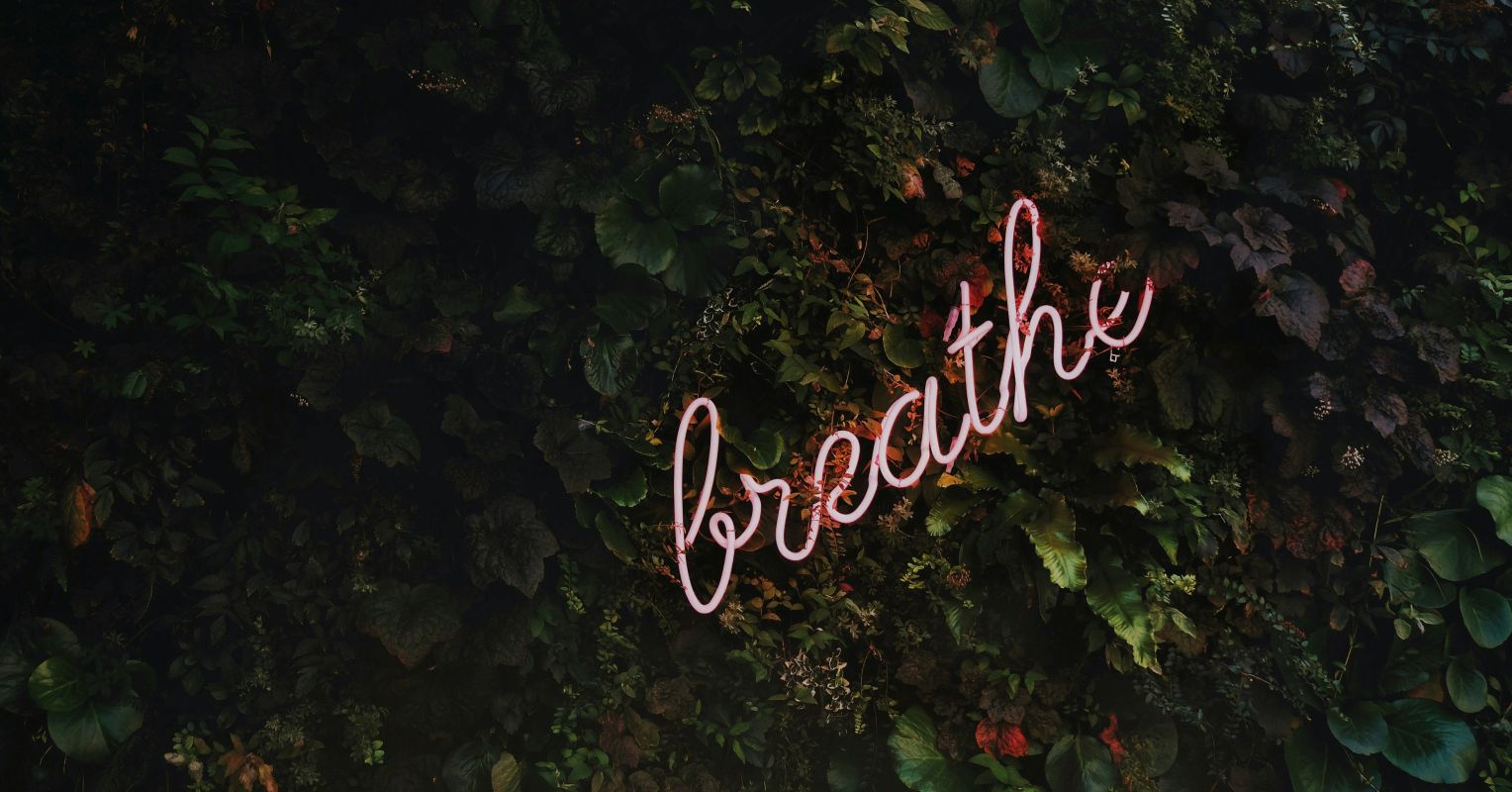

When panic and anxiety strike, the body becomes confused, interpreting, overinterpreting, and misinterpreting signals from the brain and reacting with a slew of uncomfortable and sometimes frightening physical symptoms. These can include disordered breathing, dizziness, nausea, blurred vision, and chest pain or heart palpitations, to name a few. The body’s nervous system becomes overreactive, sending panic and emergency signals to all of the body’s other systems.
This overly complex physical response can elicit truly frightening feelings, and an individual may, in these moments, feel completely at the whim of the body’s confusing and chaotic physical symptoms. The natural urge is to meet the body’s escalation, to treat it as an emergency situation, and to do whatever it takes to slow down the rush of cortisol coursing through the body. Ironically, adding more adrenaline to an already adrenalized state will only make the situation worse. Though we may instinctively and subconsciously assume that a complex situation requires a complex response, in moments of acute panic, the complete opposite is actually needed: the more complex the panic response, the more simplistic the mitigating response should be.
The Breath
Panic and anxiety produce a number of negative effects on the body, but one of the most prevalent is a disruption of normal breathing and respiration, often manifesting in the form of hyperventilation, rapid breathing, shallow breathing, or altered patterns of breathing. Breathwork is a sometimes-overlooked antidote to panic. Because an anxious person’s breath and respiration can be disrupted as a result of panic and anxiety, an effort to restore the breath to its normally functioning cadence can reduce the onslaught of uncomfortable physical responses to anxiety.
Research supports this conclusion: A 2023 study in Brain Sciences states that “breathwork interventions, such as diaphragmatic breathing…widely used to reduce stress among the general population, are effective in targeting panic and stress in patients clinically diagnosed with anxiety.”
In simplistic terms, we can actually breathe our way out of panic. Our respiration rate is inherently connected to our feelings of stress. The harder we breathe, the more stressed we feel. If we slow down the racing, labored, or shallow breath, the nervous system relaxes, and we return to a calmer baseline. Diaphragmatic breathing (a slow inhale through the nose, filling the belly, followed by a slow exhale through pursed lips), can work to slow down the rush of anxiety symptoms and physical sensations. As basic as it sounds, breathwork is a time-tested and proven intervention for panic and anxiety. It is the body’s natural antidote to an overactive nervous system response.
Non-Doing
There is a human tendency to “do,” and to feel that every challenge or problem can be solved by doing something. But ancient traditions such as Buddhism and timeless practices such as mindfulness tell us that, often, “doing” as a response to discomfort can be both unreasonable and ineffective. My first book, on the subject of illness anxiety, is 80 pages long. My third, a book on panic and panic attacks, is 150 pages long. When I am asked why my books are on the shorter side, I always answer this way: when we are anxious or panicky, the last thing that would soothe us is a long, complex solution or a psychological treatise.
Panic and anxiety are so fast, so uncomfortable, and so confusing that adding complexity to them would only leave us feeling more uncomfortable. This sentiment comes from my own lived experience with panic and anxiety—when I was able to apply something simple to the complexities of my anxious feelings, I would often experience some relief. When I would overthink it, I would simply be feeding the beast and adding fuel to the fire of my extreme discomfort.
A 2019 study in Frontiers in Psychology concluded that its “results are compatible with the hypothesis that mindfulness…can improve well-being by reducing symptoms of depression and anxiety.” In other words, non-doing and an attention shift to something less complex and overwhelming can soothe us out of our anxiety and panic.
Non-doing in terms of coping with anxiety and panic simply means stripping away the layers of emotional and physical complexity in any way possible. If you are able to sit in a comfortable spot during a panic attack and simply focus your attention on one point in the room (for example, the corner of the room or a table), the rushing anxiety will have nothing to latch onto and will begin to recede. The nervous system will recognize that there is no emergency at hand and will begin to return to its normal baseline—the respiration rate, the heart rate, the joint and muscle tension will all reduce back to their normal level of functioning. And this will be done through the simple act of doing nothing. In a way, we can “trick” the nervous system into realizing that there is nothing that it really needs to do in this moment but function in its normal way.
Whether it is breathwork (or, more simplistically, a deep, cleansing breath) or non-doing (or, more simplistically, just sitting), in terms of panic and anxiety, less is more. Basics are more soothing than complexities. No anxious person (myself included) has ever been soothed by making the situation more complicated. In anxious or panicked moments, don’t underestimate the power of going back to basics—of taking that deep, diaphragmatic breath or sitting and focusing on that still point in the room. Some of the most basic and accessible interventions for panic and anxiety are timeless, not simply because they are old, but because they work.








